History
About us
Karmann has been manufacturing motor homes since 1977. Wilhelm Karmann discovered the template for his first motor home in South Africa. T2 motor homes follow models on Mercedes chassis. At the same time, Karmann develops its own caravan. The Postillion is available in two designs: the Postillion 4500 and 5000. However, the core expertise lies clearly in the motorised sector. For this reason, motor home production was put on hold again after a few years. in 2000, the Karmann-Mobil company was sold to Eura Mobil. Karmann-Mobil is continued as an independent company within the Eura Mobil Group. In 2011, Karmann-Mobil launches a broad market and product offensive for campers. With its new “Dexter” series and the expansion of the familiar “Davis” series, the brand will cover the entire van and campers market segment in the future.
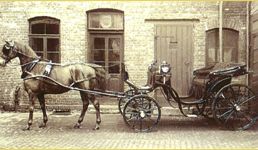
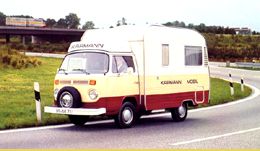
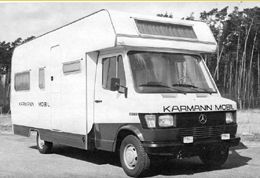
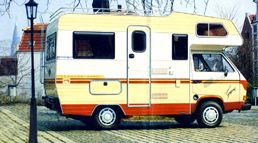


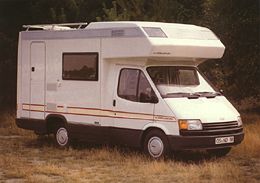



History
1900:
Wilhelm Karmann started producing “mobiles” well over 100 years ago. The first carriage produced in Osnabrück was a landau.
60s:
The plant in Rheine was founded in the 1960s. Compared to the long tradition of vehicle building, motor homes represented a relatively new chapter in the Osnabrück company’s story. In the 1970s, the first Karmann motor homes based on the Volkswagen Type 2 were produced.
70s:
For friends of the “benevolent star on all streets”, the first Karmann motor homes on the chassis of the Daimler Benz 207D/208 were developed at the end of the 1970s.
80s:
The 1980s were when the world of motor homes really got motoring. To mark the start of the 1980 season, Karmann unveiled the Gipsy H and Gipsy M models. From 1983, the Cheetah and Gipsy models were manufactured on the basis of the Volkswagen Transporter, initially on the basis of the T3 and from 1990 onwards on the T4. The story of success continued for over ten years. The Karmann motor home built between 1987 and 1993 on the MB 100 followed predecessors on Mercedes 210, 309 and 310 chassis. The MB 100 still has a tremendously loyal fan community even today.
90s:
The Distance wide, unveiled at the start of the 1990s, was originally planned as a special model for the successful series built on the LT chassis. The feedback was so tremendous, however, that three Distance wide models were released in the next year alone. The crowning finale came in 1994 with the Distance wide Gold and its extensive package of features. At the 1996 Caravan Salon, Karmann-Mobil presented the first models in the Missouri and Colorado families. At first glance, the new Volkswagen-based motor homes have an appearance strongly influenced by the design of the car.
2000:
In July 2000, the sale of the company to Eura Mobil was perfect. Motor homes from Karmann-Mobil were then manufactured in Sprendlingen for over ten years. Karmann-Mobil continued as an independent company within the Eura Mobil Group.
2002/2003:
Since September 2002, Karmann-Mobil has been manufacturing its products at its production facilities spanning 10,000 square metres over three floors. In 2003, the new Colorado was unveiled as a prototype at the Caravan Salon. In 2004, series production began on eight floor plans, including four semi-integrated models which is an innovation for Karmann-Mobil.
2005:
Takeover of Karmann-Mobil by the international motor home group Trigano
2006:
Karmann-Mobil unveiled two new series. Both the new Ontario and the new Davis are based on a Fiat Ducato chassis – a new development in Karmann-Mobil’s story.
2011:
Karmann-Mobil expanded its camper segment. New addition to the Karmann-Mobil family: the Dexter models.
2014:
At the 2014 Caravan Salon, Karmann-Mobil showcased the largest portfolio of models in its history with 20 different floor plans in the box van segment.
2021:
Introduction of the new mini-van Duncan at the 2021 Caravan Salon.

